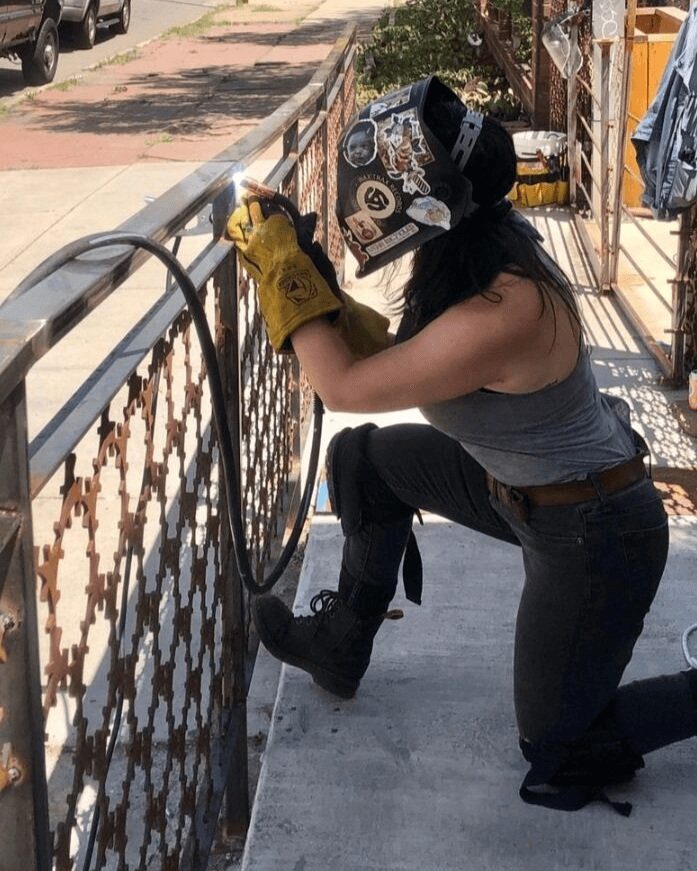Alright – so today we’ve got the honor of introducing you to Erica Rawson. We think you’ll enjoy our conversation, we’ve shared it below.
Erica, appreciate you joining us today. Learning the craft is often a unique journey from every creative – we’d love to hear about your journey and if knowing what you know now, you would have done anything differently to speed up the learning process.
I’ve learned much of what I know through failure; trying and failing have been crucial to my journey as an artist and metal fabricator. I began welding out of necessity to create affordable frames for my large-scale artworks, but over time, welding evolved into a creative practice, offering new avenues for artistic expression.
Reflecting on my path, I realize that my progress could have sped up had I asked more questions and sought advice from seasoned professionals. There’s a certain humility in recognizing the limits of one’s knowledge, and often, the insights gained from experienced voices can be more illuminating than any book or online search.
One of the most crucial skills I’ve learned is the practice of “mise en place,” a French culinary term meaning “everything in its place.” This principle of organization is not just about tidiness but about creating a space where creativity can flow freely, unencumbered by chaos. Equally important is the skill of active listening, particularly to those who approach their craft differently. This openness has enriched my work, offering new perspectives and techniques.
Patience has been another essential lesson in my journey. Failures are inevitable in the learning process. Yet, rather than viewing them as setbacks, I’ve learned to see them as opportunities for growth. This perspective shift has been instrumental in overcoming the frustration that often accompanies mistakes.
Being a woman in the male-dominated metal fabrication field has also presented obstacles. I’ve faced the weight of imposter syndrome and the occasional doubt in my abilities. However, embracing my skills and silencing these doubts (it’s so hard to do some days!) has been crucial to my perseverance in various projects.
Teaching has been a transformative element in quieting the feeling of imposter syndrome. Through instructing welding at the community college level, leading workshops, and teaching friends, sharing my knowledge with diverse groups has honed my skills and reinforced my confidence. Explaining my processes and methodologies to others helps solidify my understanding and centers my practice.
My art and metal fabrication journey is not merely about creating objects or mastering techniques. It’s also about embracing the learning process—understanding that each failure is a stepping stone, each lesson a building block. By staying curious, open, and patient, I’ve discovered that learning is as intricate and rewarding as the art I create.

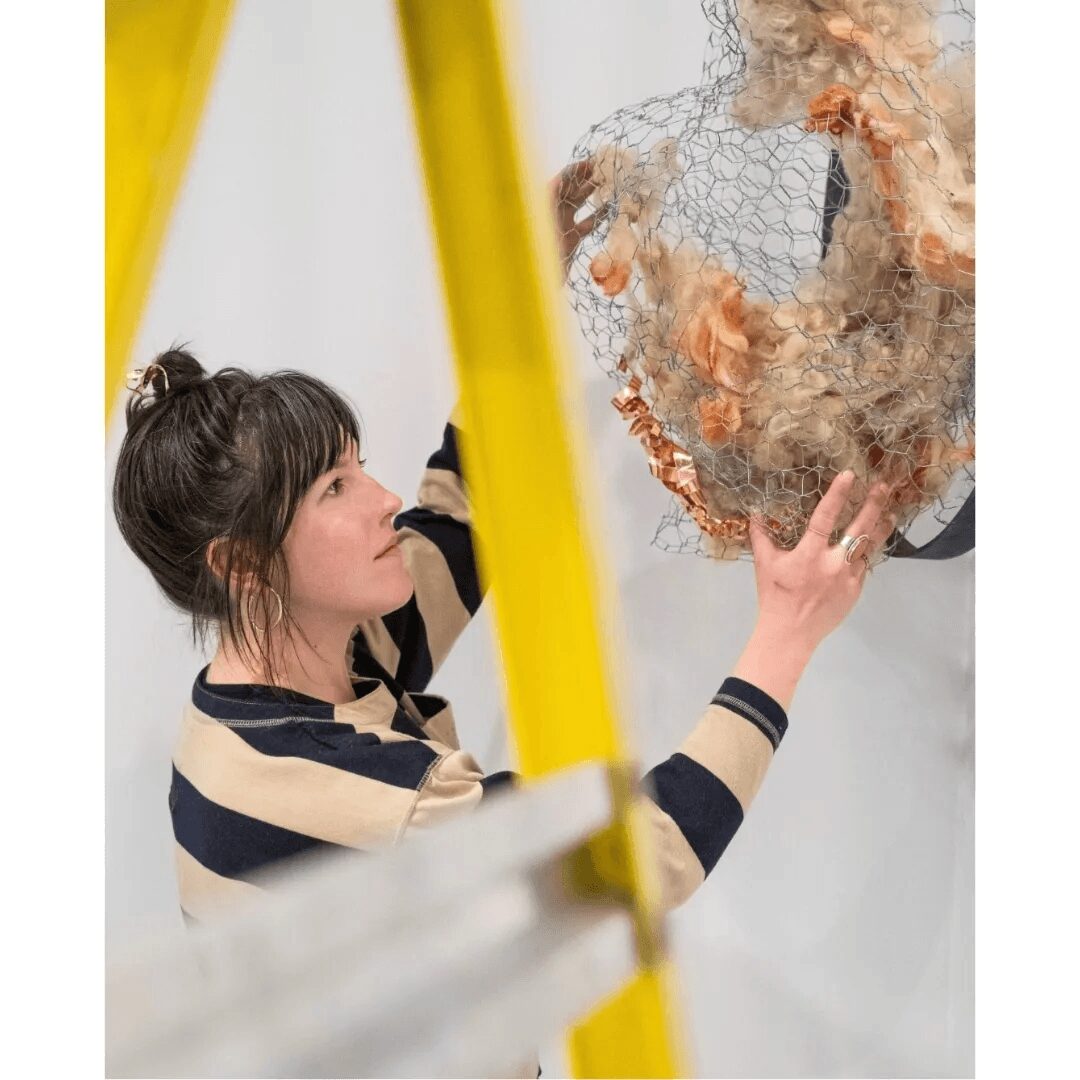
Awesome – so before we get into the rest of our questions, can you briefly introduce yourself to our readers.
I’m an artist deeply fascinated by the concepts of impermanence and transformation. My exploration through art and welding began with a curiosity about materials and how they can be shaped to express complex ideas. I work with various techniques and materials, from traditional metalwork to contemporary mixed-media installations. I use sculpture, printmaking, bio art, and painting techniques in my practice, sometimes combining them all.
Collaboration and community are at the heart of my practice. I believe in the power of working with others to expand perspectives and push creative boundaries. My open-minded approach allows me to explore new techniques and ideas, and I find joy in the unexpected outcomes that arise from creative problem-solving. As Art Director at The Matchbox in Denver’s River North Art District, I work with emerging local and national artists to have their work showcased in an atypical environment. This role showcases my desire to engage community members outside the white cube.
Additionally, I have a background in large-scale public art, residential and commercial fabrication, and fine art commissions. I love working with clients to determine how to meet their needs. From ideation and design to building and installation, I do it all. No project is too big or too small.
What sets my work apart is not just the materiality, but the stories and emotions embedded within each piece. I’m proud of creating art that resonates with people, inviting them to reflect on themes of preservation, decay, and renewal. I’m equally proud of my functional and structural work for homes and businesses. For those interested in learning more about my work, or if you’re an artist interested in an exhibition at The Matchbox, you can find me at:
ericarawson.com
@ericarawson_art
You can reach me through email at [email protected] to connect!
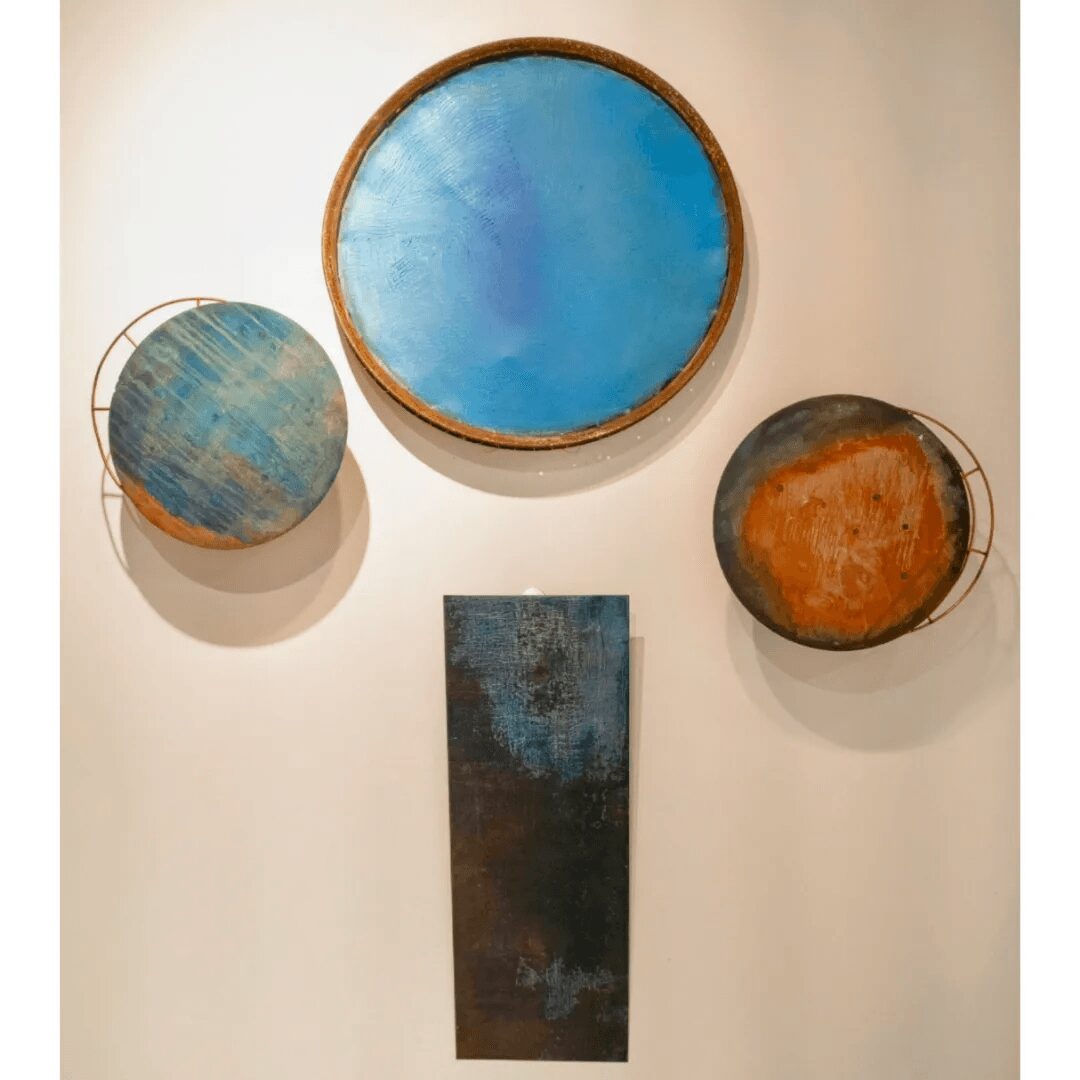
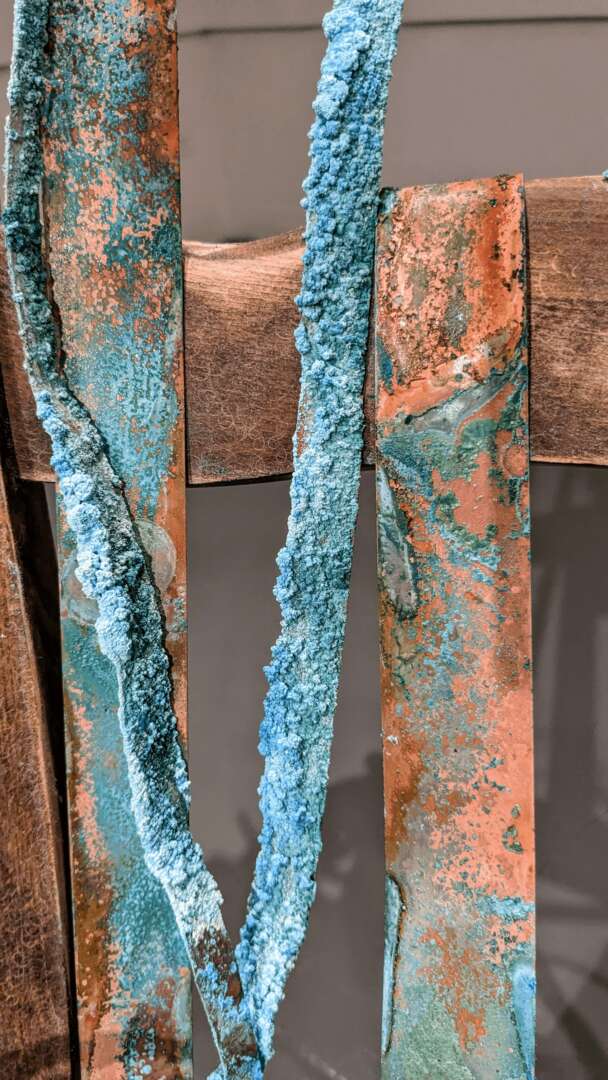
Do you think there is something that non-creatives might struggle to understand about your journey as a creative? Maybe you can shed some light?
Too many people think of themselves as “non-creatives.” Creativity is more than putting brush to canvas or chisel to marble; innovation is a creative act transcending disciplines. The line between art and other fields, such as STEM careers, is thin and arguably nonexistent. In academia, we’re seeing an increase in classes and programs that combine the arts with different areas of study, and this can bridge the gap between artists and professionals in other fields. Creativity is at the core of all problem-solving and progress, whether you’re a scientist devising new experiments, a business leader strategizing growth, or a parent finding unique ways to engage children. The idea that only artists are creative is a misconception. Everyone has the capacity for creativity, and acknowledging this can lead to connective experiences and opportunities for fulfilling collaborations. It’s about seeing possibilities, making connections, and being open to new ways of thinking.
I feel pigeonholed as a visual artist in the job market. If other fields of study recognize artists’ broader value, they could benefit from unique perspectives. Artists’ minds often operate differently, and our approaches can be invaluable beyond traditional art-making roles. By integrating artistic thinking into more conventional settings, companies and professionals can unlock innovative solutions and fresh ways of addressing challenges. This cross-disciplinary collaboration enriches projects and fosters a culture of creativity and innovation across all sectors.


What do you find most rewarding about being a creative?
The people I meet.
Contact Info:
- Website: https://ericarawson.com
- Instagram: https://www.instagram.com/ericarawson_art/
- Linkedin: https://www.linkedin.com/in/erica-rawson-b10898222/

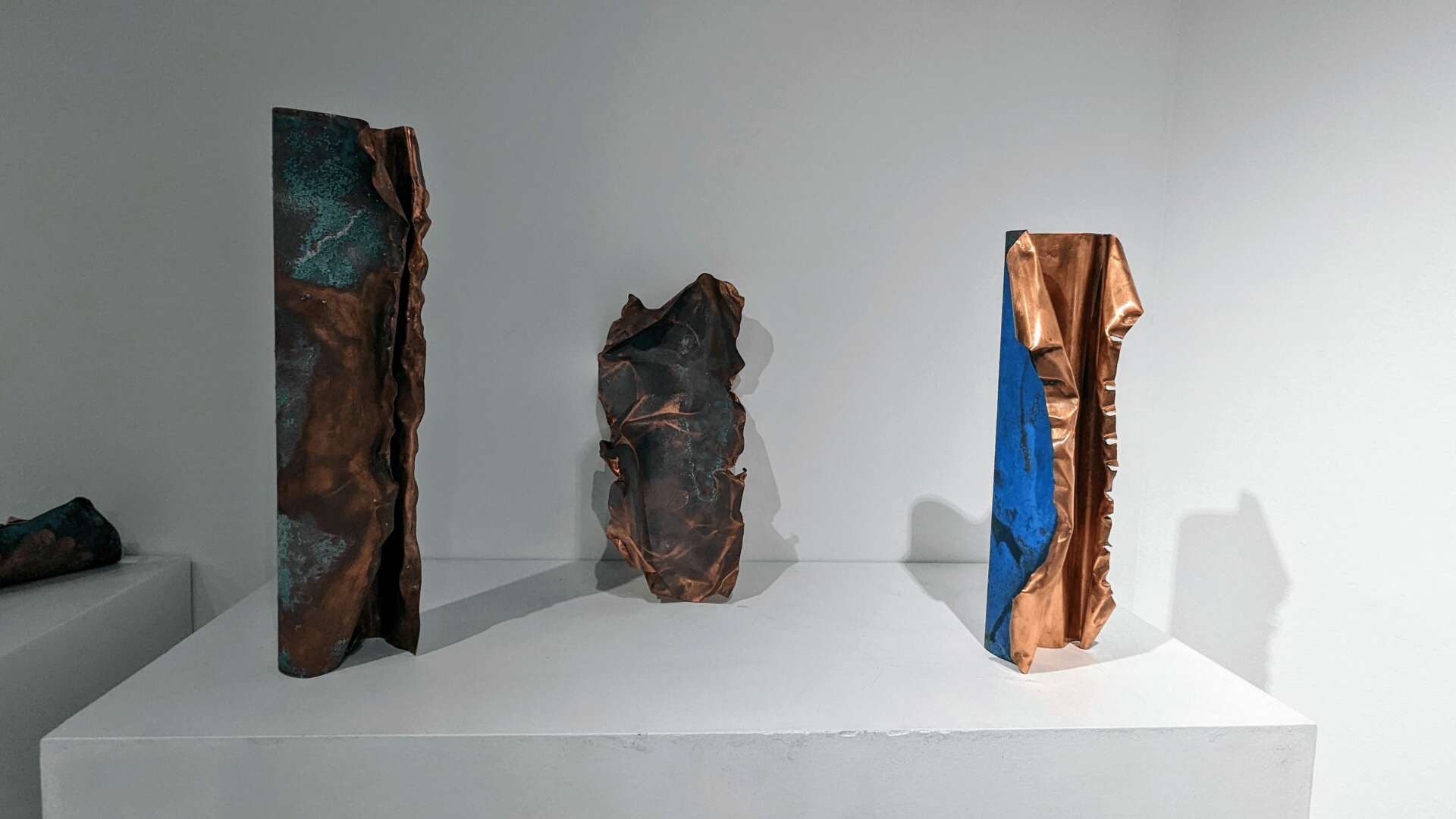
Image Credits
Juli Yanai with Metrosphere (2 photo credits)


